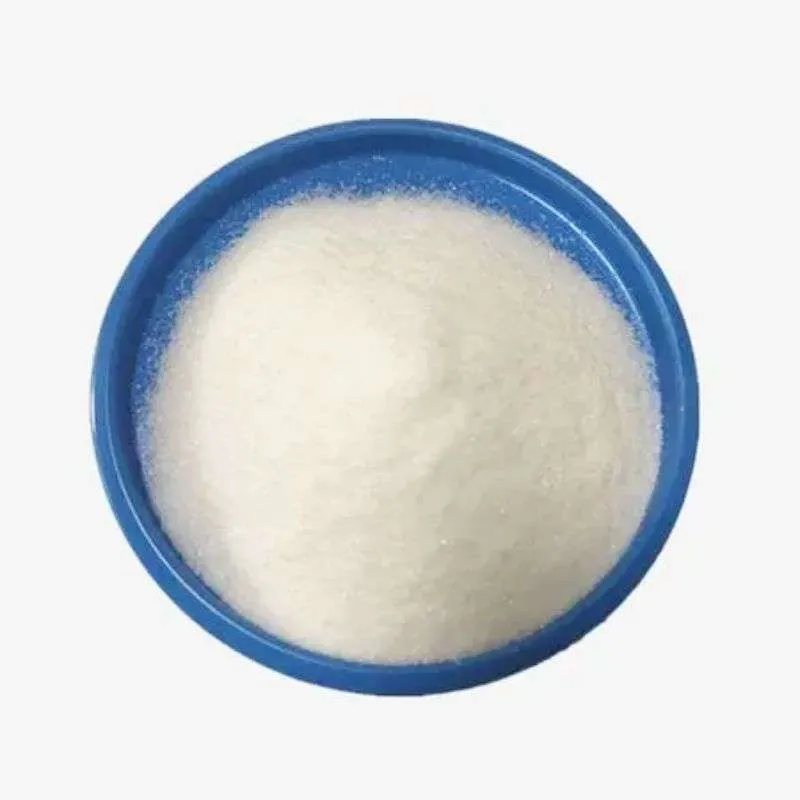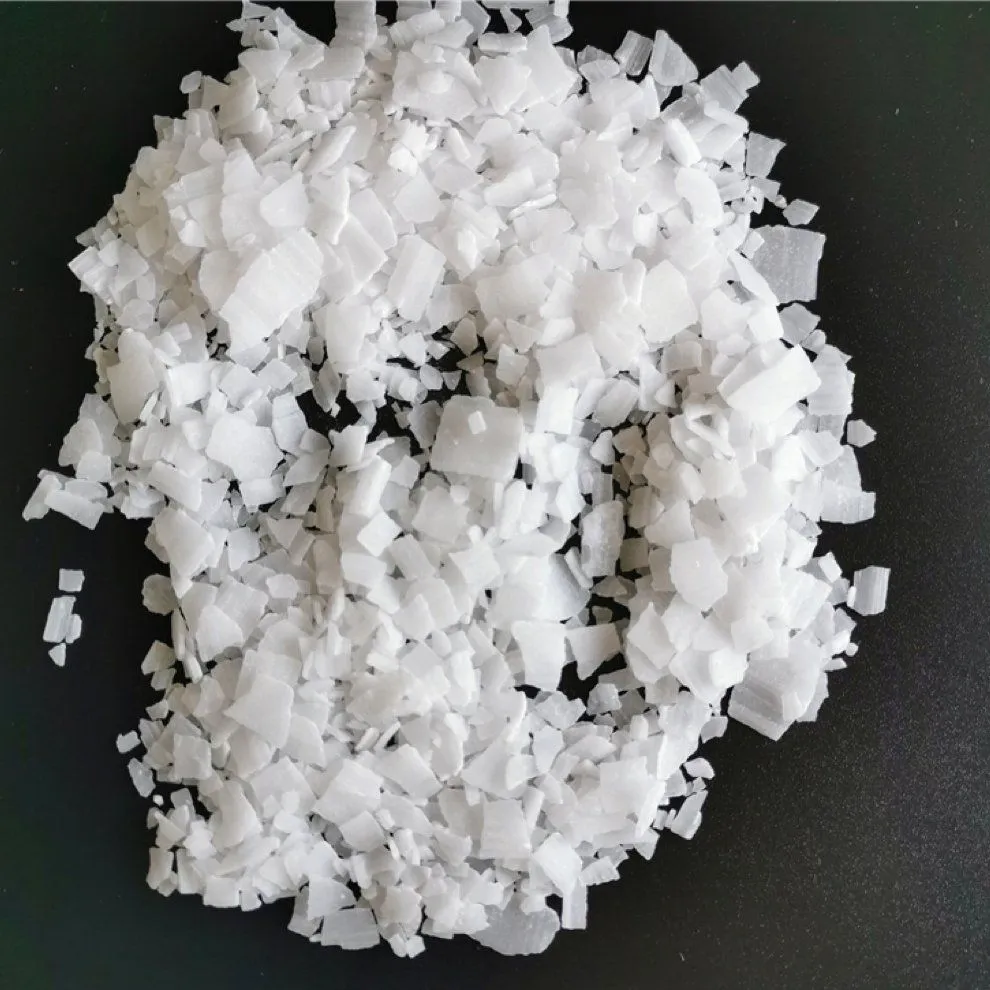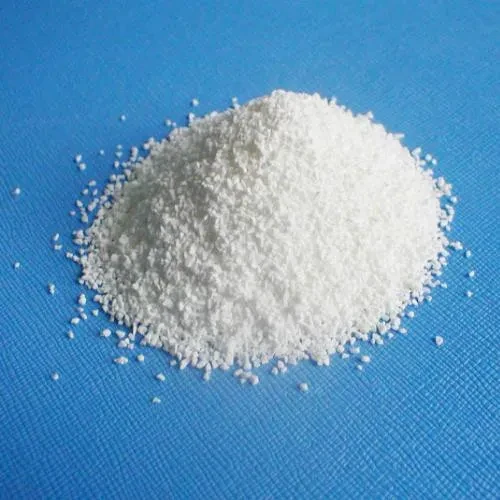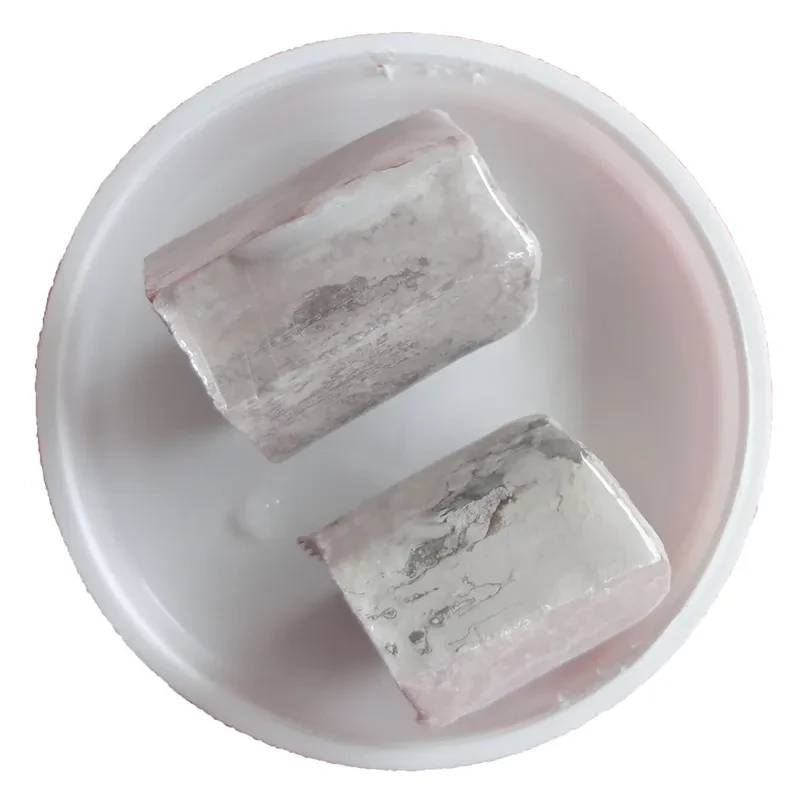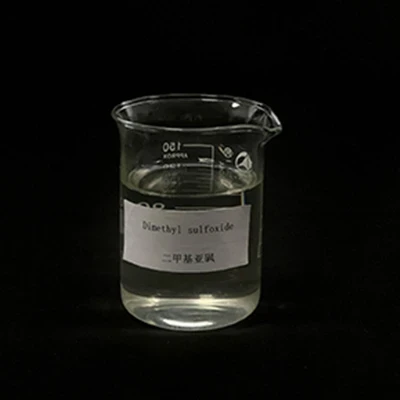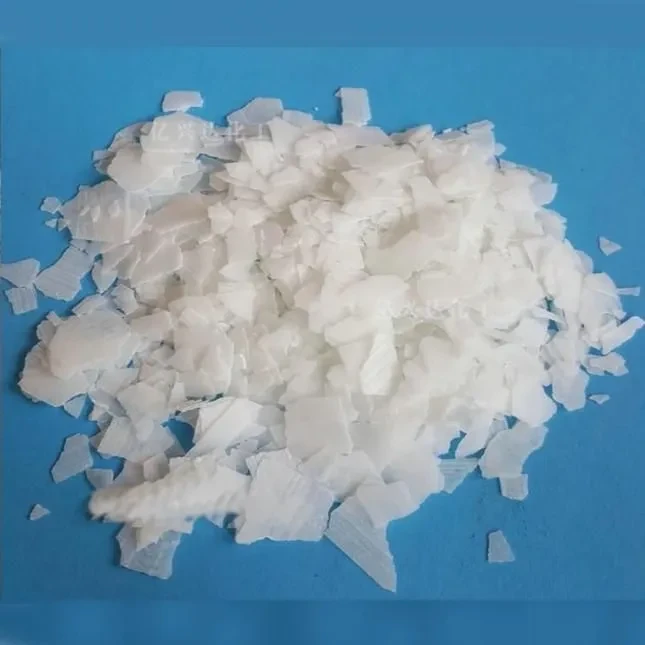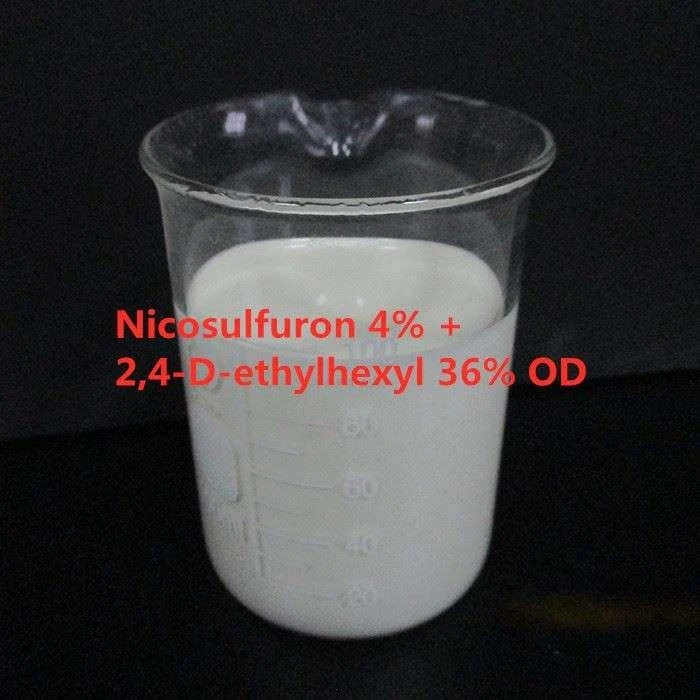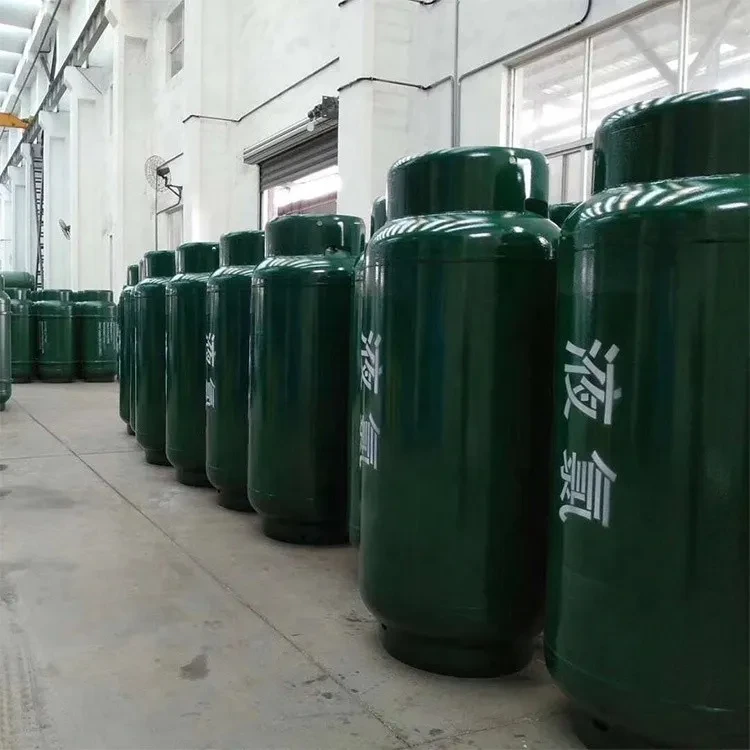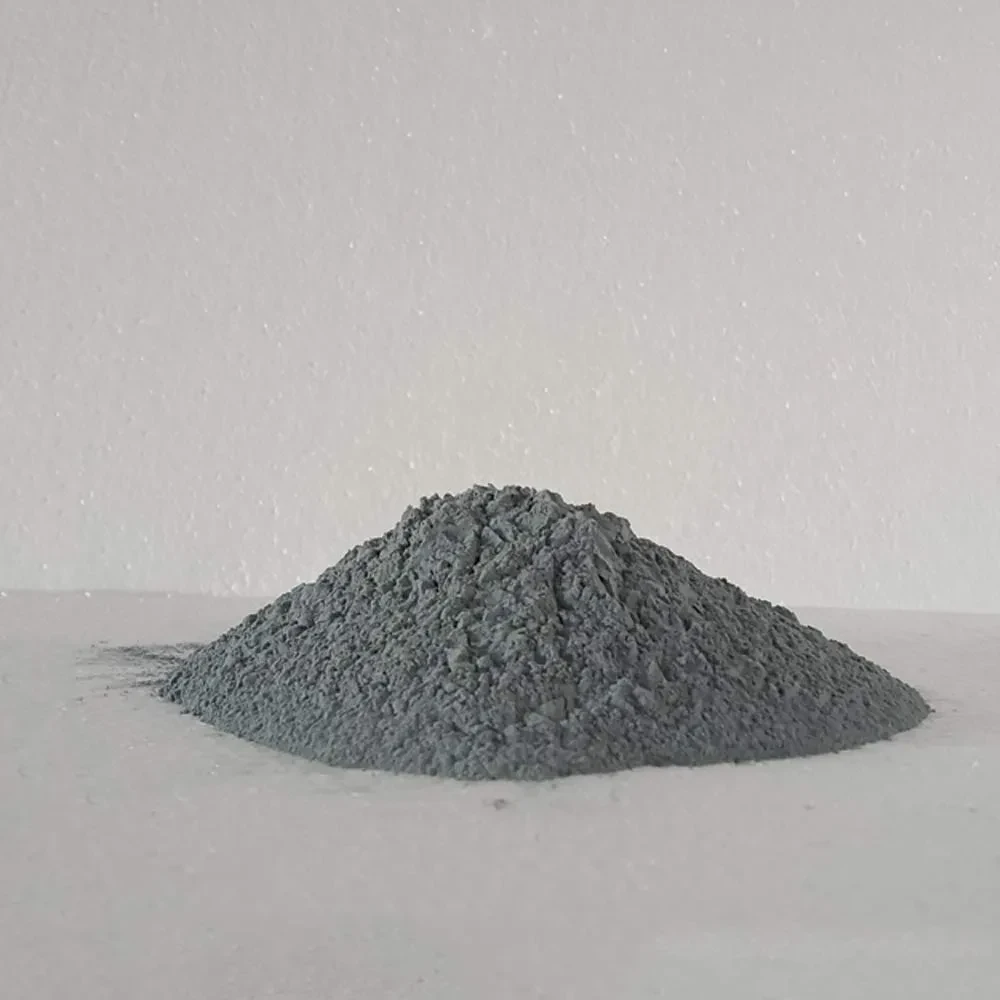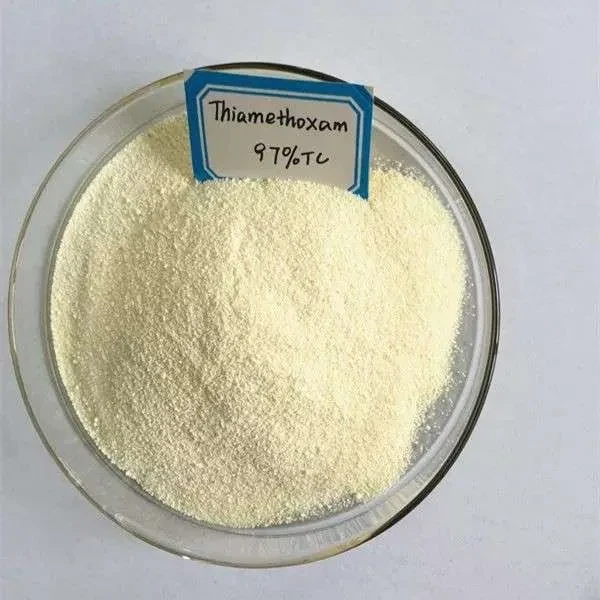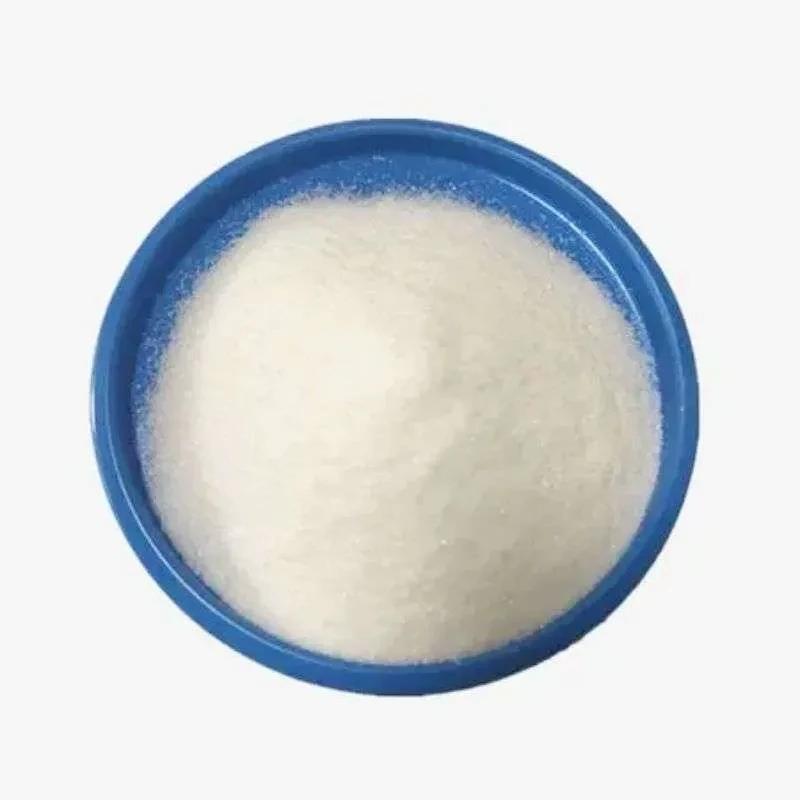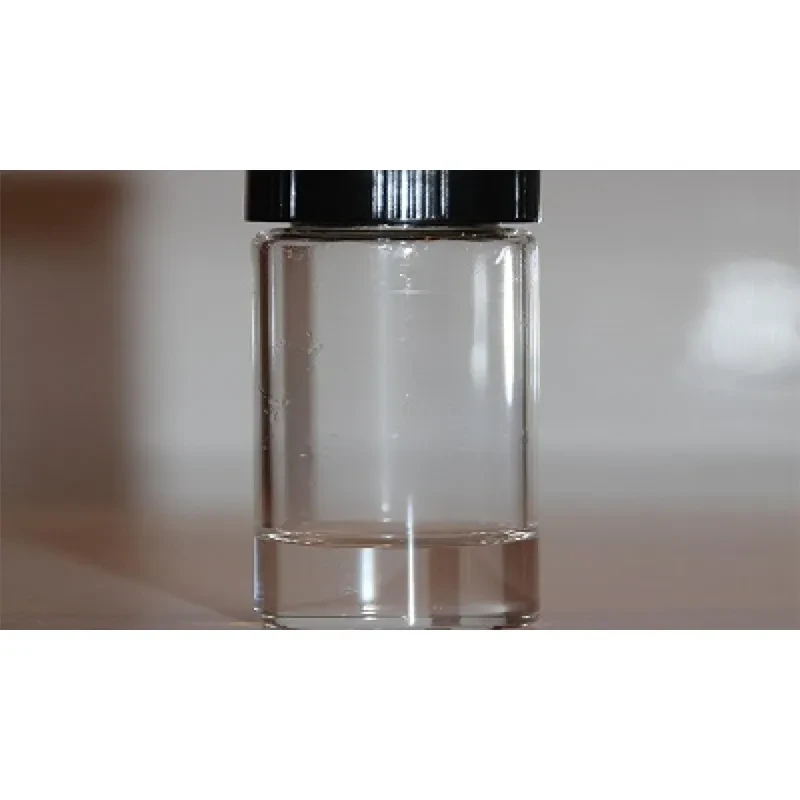Molecular Formula NaOH
CAS Number 1310-73-2
Synonyms Caustic soda, Lye
|
Appearance |
White crystalline solid |
|
Specific Gravity |
2.13 g/mL |
|
Color |
White |
|
Odor |
Odorless |
|
Molar Mass |
40.00 g/mol |
|
Density |
2.13 g/mL |
|
Melting Point |
318°C (604°F) |
|
Boiling Point |
1388°C (2530°F) |
|
Flash Point |
Not applicable |
|
Water Solubility |
Highly soluble in water |
|
Solubility |
Soluble in ethanol and glycerol |
|
Vapour Pressure |
Not applicable |
|
Vapour Density |
Not applicable |
|
pH (10% solution) |
13.0-13.8 |
Sodium Hydroxide is a strong alkaline substance that is highly caustic and can cause severe skin and eye irritation. Inhaling its fumes can lead to respiratory problems. It is also highly reactive with certain metals, producing heat and flammable hydrogen gas. It should be handled with care and appropriate protective equipment should be used when working with it. In case of contact with skin or eyes, flush with water immediately and seek medical attention if necessary.
|
Hazard Symbols |
Corrosive |
|
Safety Description |
S26-S36/37/39 |
|
UN IDs |
UN1823 |
|
HS Code |
2815.11.00 |
|
Hazard Class |
8 |
|
Packing Group |
II |
|
Toxicity |
Toxic by ingestion, inhalation, and skin contact; irritant to eyes, skin, and respiratory system |
Sodium Hydroxide, also known as lye or caustic soda, is a versatile chemical with many industrial and household uses.
The industry widely uses caustic soda in the production of soaps, detergents, textiles, paper, and pulp. They also utilize it as a chemical intermediate for producing other chemicals such as sodium salts, chlorine, and sodium chlorate.
Households use caustic soda in cleaning and unclogging products like drain cleaners. The food industry also employs it as a pH control agent and a leavening agent in baking.
In addition, caustic soda has applications in water treatment and neutralization of acids. It is used to adjust the pH of water, control the corrosion of pipes, and reduce the levels of heavy metals in water.



